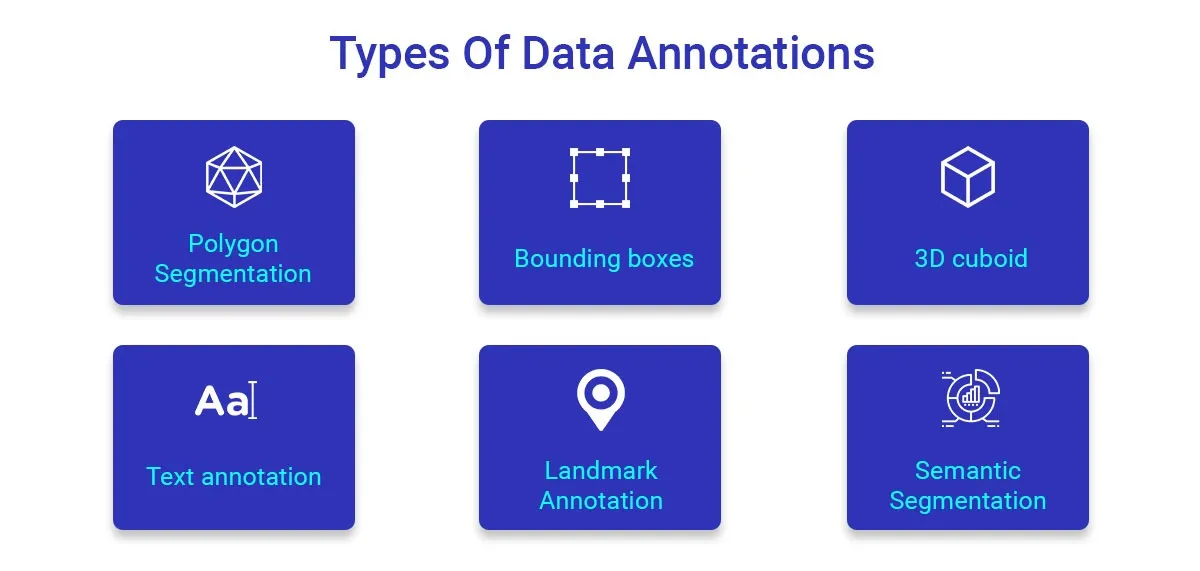What is NLP Annotation?
Natural Language Processing (NLP) annotation refers to the process of adding metadata or labels to text data, making it understandable for machine learning algorithms. This step is crucial for teaching a machine how to interpret, analyze, and respond to human language. nlp annotation can include tagging various elements within text, such as words, sentences, and phrases, or identifying parts of speech, named entities, and sentiment. By transforming raw text into labeled data, NLP models can learn to recognize patterns and make accurate predictions.
Types of NLP Annotation
There are several types of annotation techniques commonly used in NLP. Some of the most basic ones include tokenization, which splits a text into individual words or phrases; named entity recognition (NER), which identifies specific entities like names, dates, and locations; and sentiment analysis, which labels the tone of a text as positive, negative, or neutral. Other complex forms of annotation may involve syntactic parsing to understand sentence structure or coreference resolution to identify when different parts of a text refer to the same entity. Each type of annotation has its own unique purpose in facilitating NLP tasks.
The Role of Annotation in Machine Learning
NLP annotation plays a pivotal role in machine learning, especially in supervised learning tasks. Labeled data enables algorithms to recognize patterns and learn relationships within text, improving the model’s performance over time. In supervised learning, annotated text data is used to train models, allowing them to make predictions on new, unseen text. For example, a model trained on annotated text may learn to classify customer reviews as positive or negative based on sentiment labels. Without proper annotation, machine learning algorithms would struggle to understand the nuances of human language.
Challenges of NLP Annotation
Although NLP annotation is essential, it comes with its own set of challenges. One major issue is the inconsistency in annotation, as different annotators may interpret the same text differently, leading to discrepancies in the labeled data. This can reduce the quality of the model’s output and its ability to generalize. Another challenge is the complexity of certain languages, dialects, and slang, which can be difficult to annotate accurately. Additionally, the sheer volume of data in many NLP tasks requires significant time and resources to annotate effectively, making it a labor-intensive process.
The Future of NLP Annotation
As NLP technology continues to evolve, the future of NLP annotation looks promising. Advances in automation and AI-driven annotation tools are expected to improve efficiency and accuracy, reducing the workload for human annotators. Additionally, with the growing availability of large-scale datasets, models may be able to train on vast amounts of data with less reliance on manual annotation. However, human oversight will likely remain necessary to ensure the quality and precision of annotations, especially for complex linguistic tasks. As NLP becomes increasingly integrated into various industries, the demand for high-quality annotated data will continue to grow.






Leave a Reply